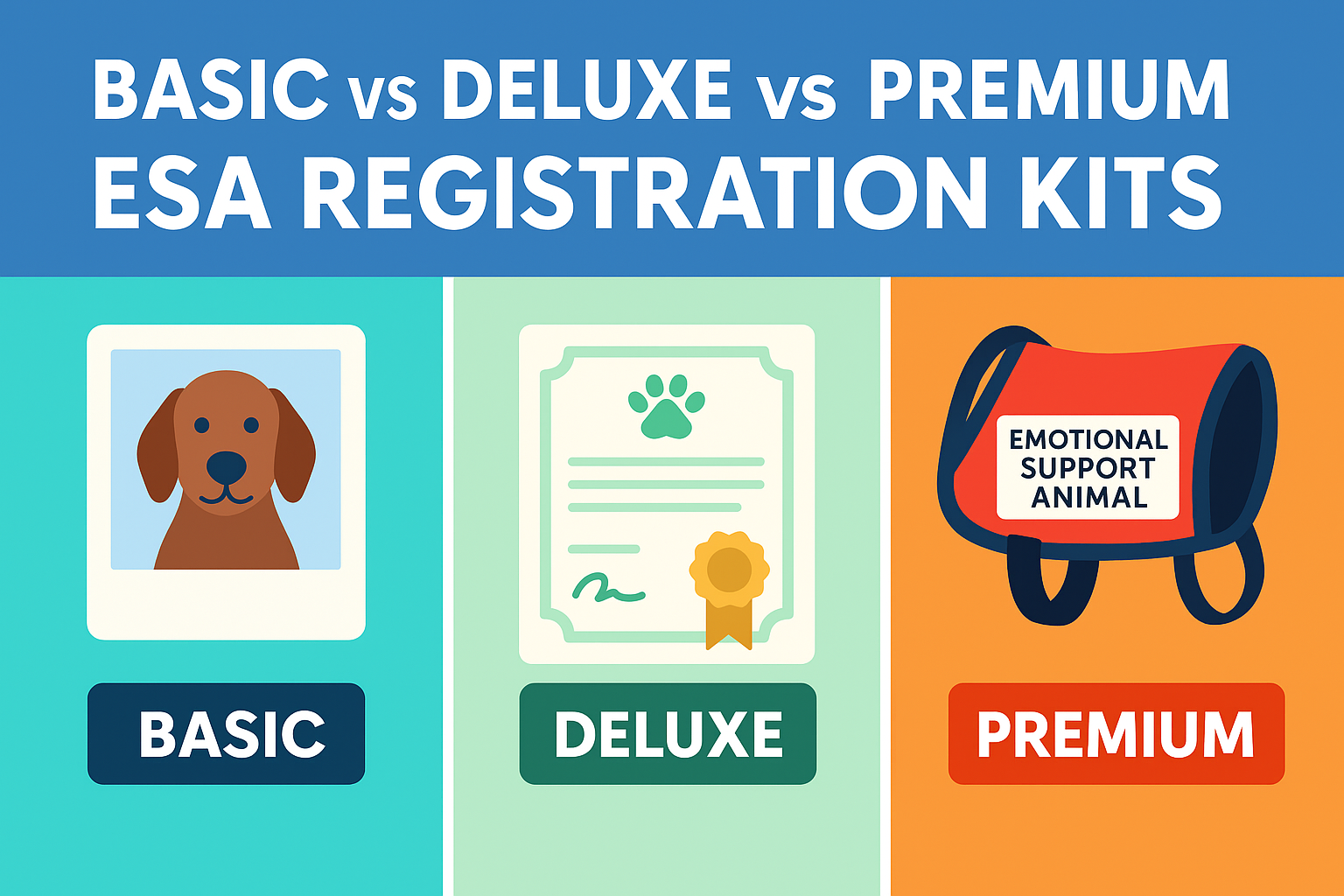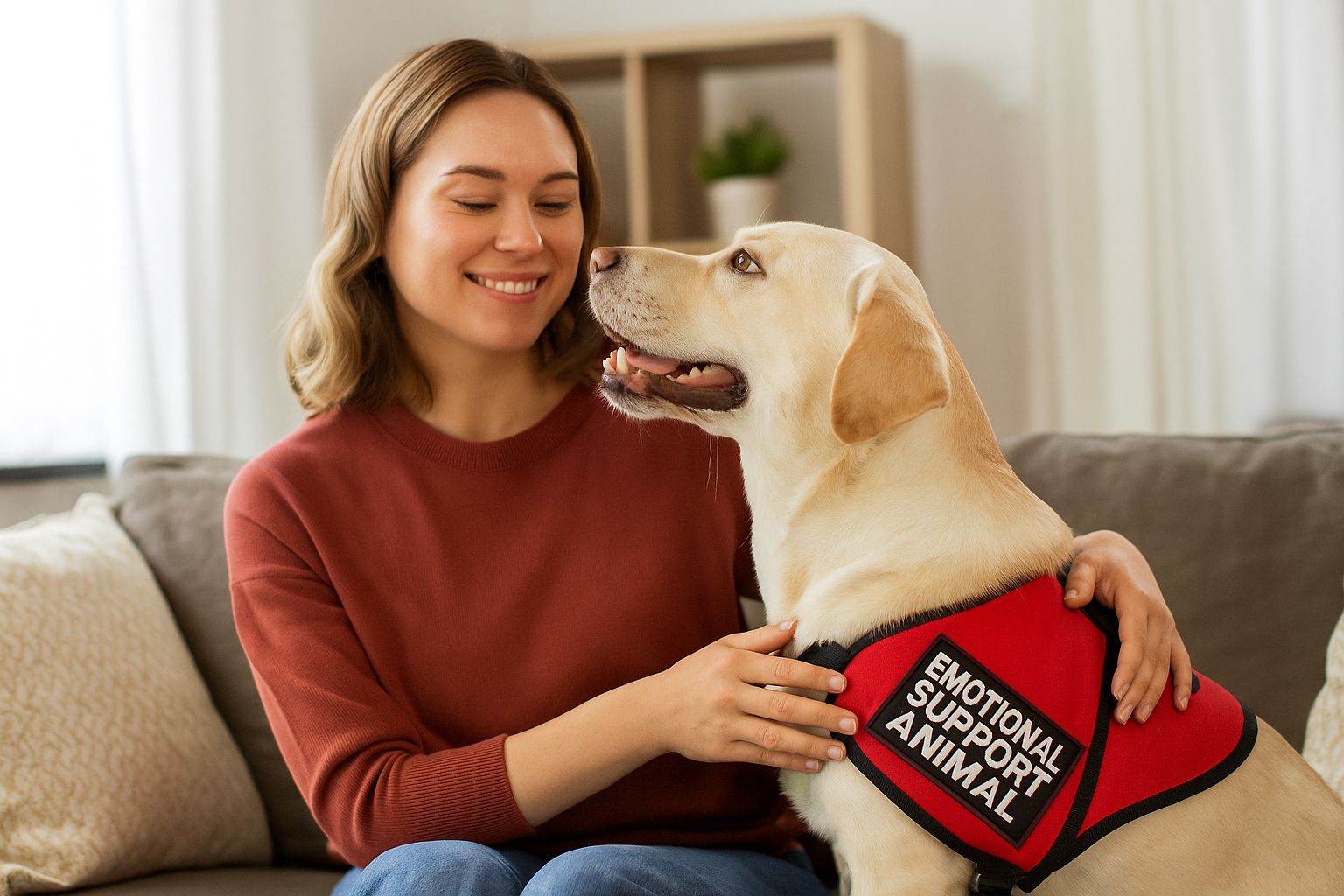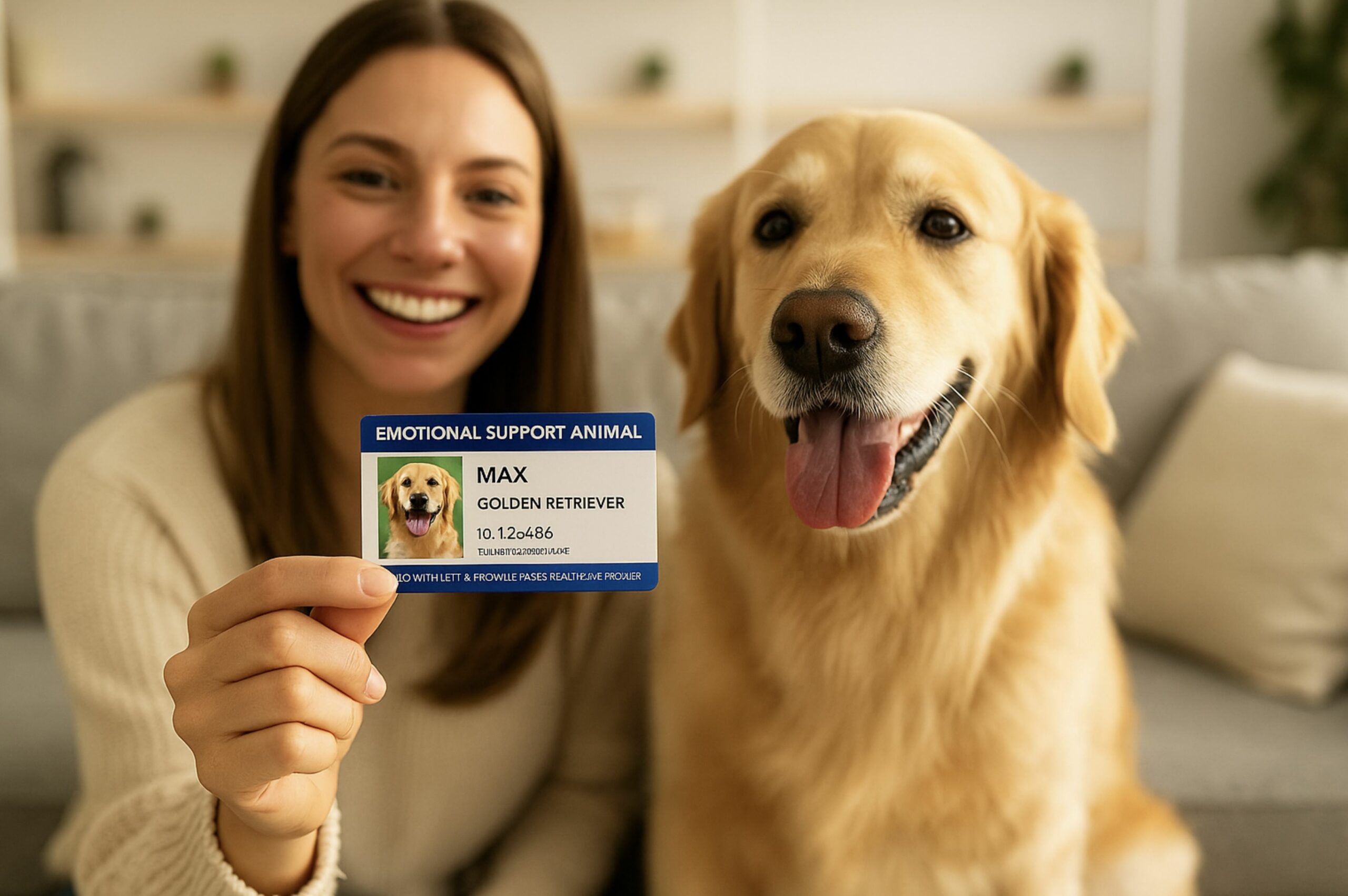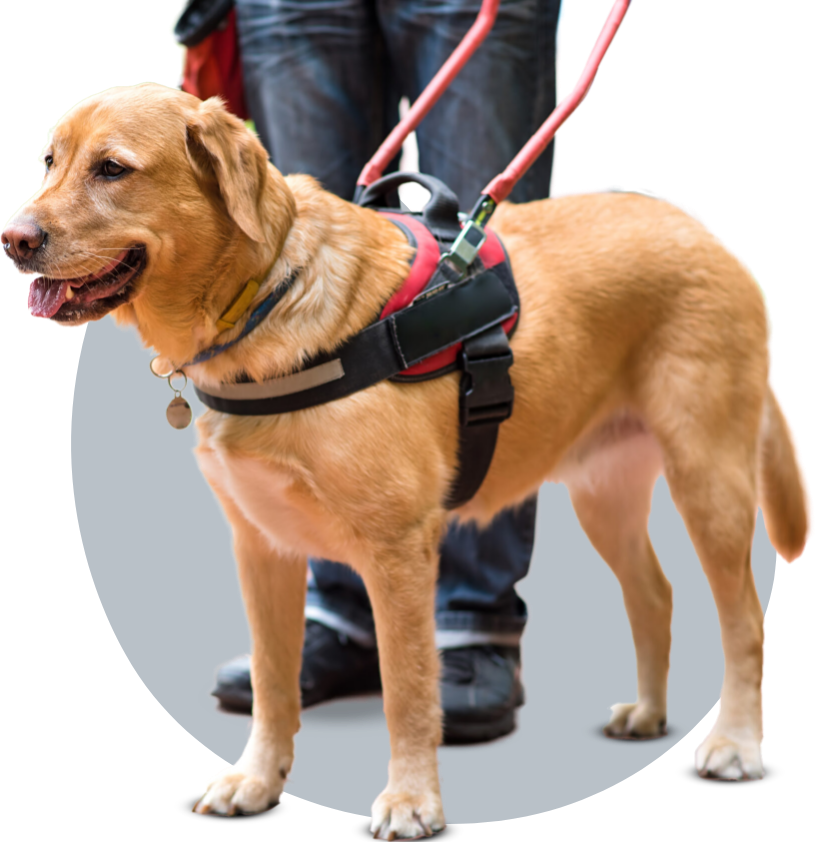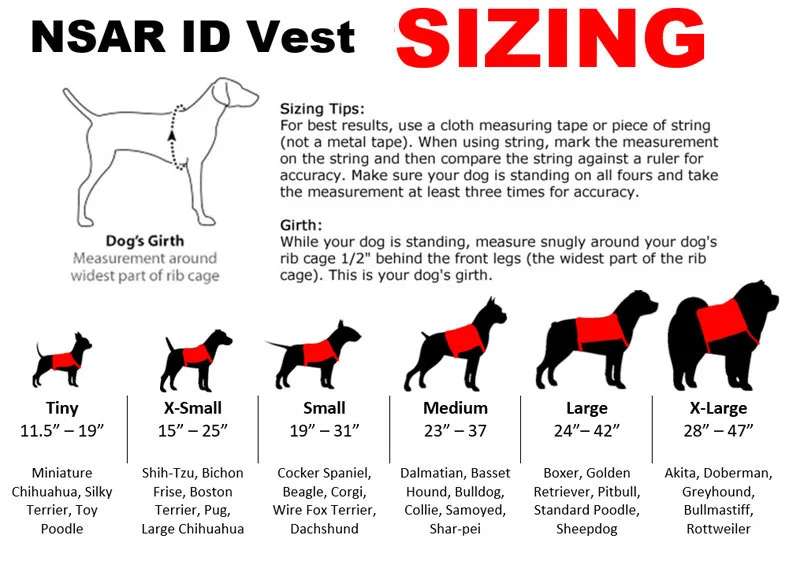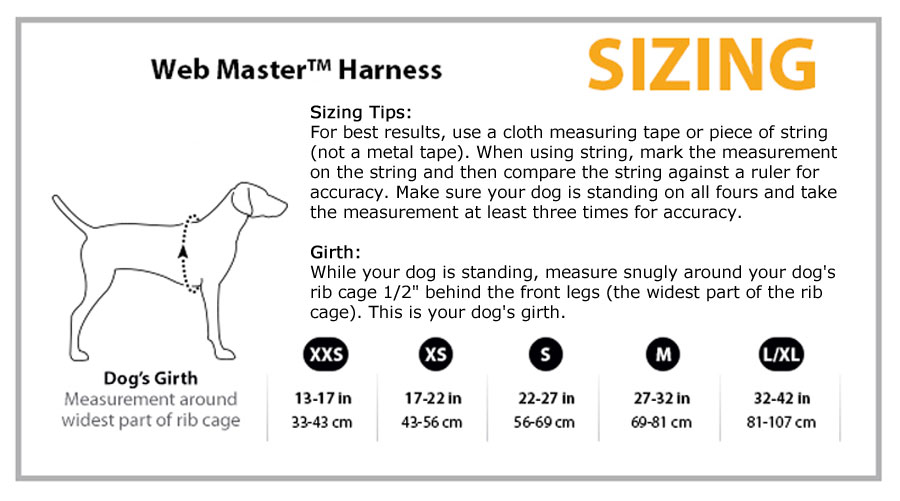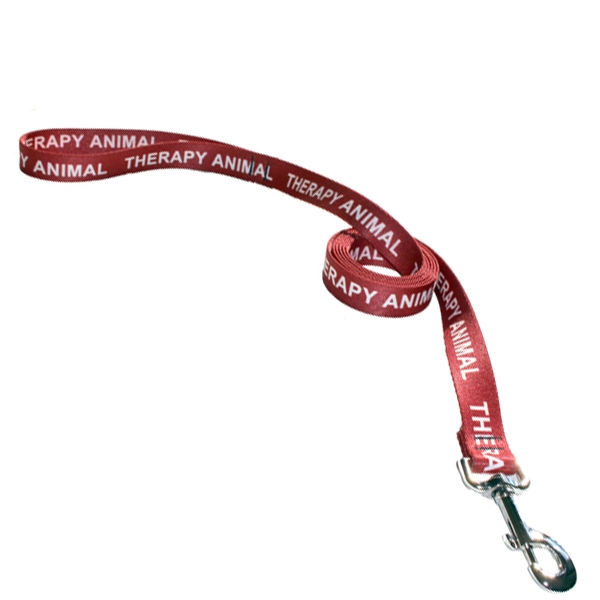Back to School: How Therapy Animals Help Students Thrive
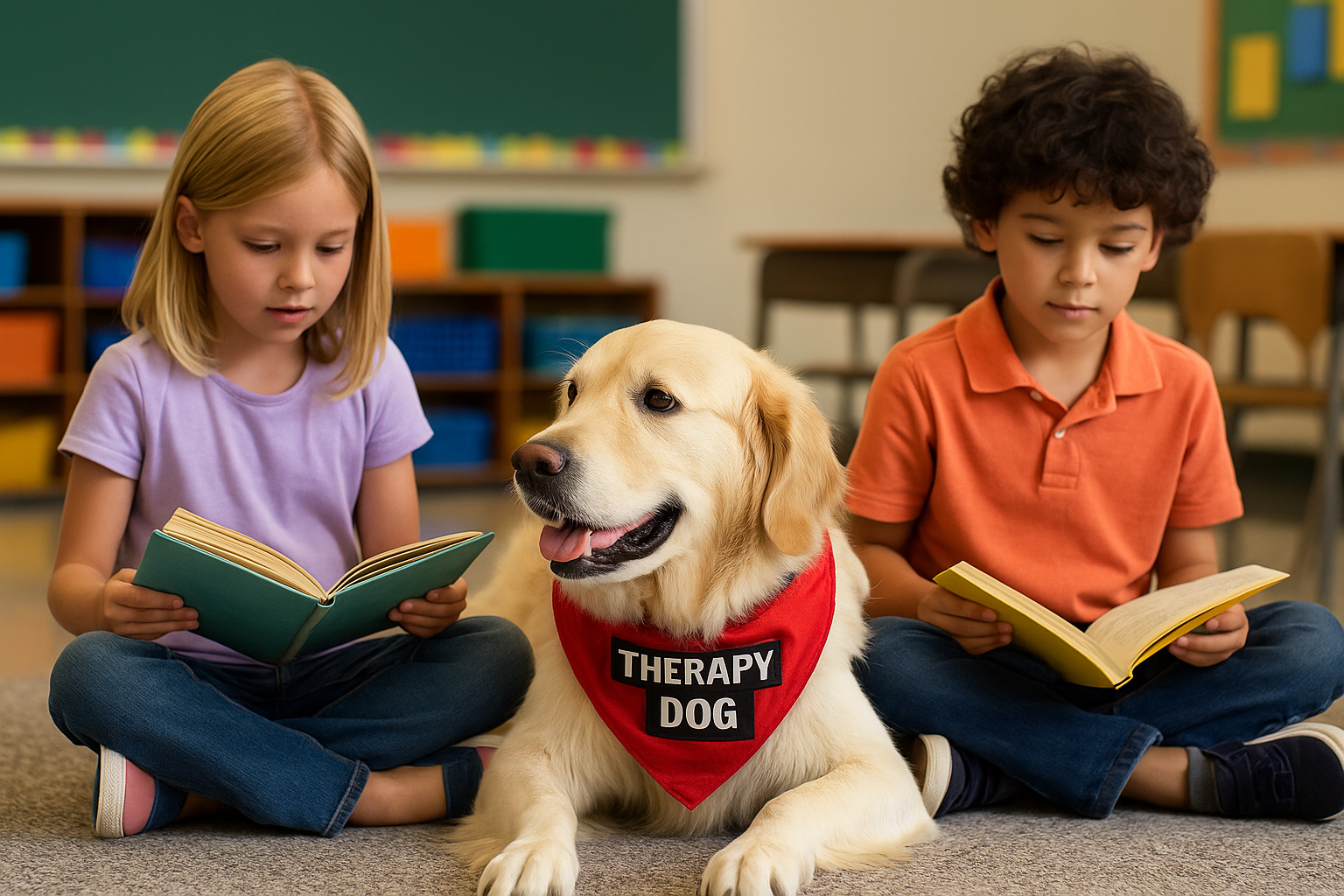
Introduction: A Calm Companion for the Classroom
As students head back to school, anxiety levels often rise — not just for kids, but for parents and educators, too. The classroom can be an overwhelming place filled with social pressure, academic demands, and sensory overload. But what if a wagging tail or soft purr could make a world of difference?
Therapy animals have emerged as a powerful, research-backed solution to help students manage stress, improve focus, and build confidence. In this article, we’ll explore how these gentle companions support students, from early education to college campuses. You’ll learn what defines a therapy animal, the science behind their impact, how to introduce them to a school setting, and answers to the most frequently asked questions.
What Are Therapy Animals?
Therapy animals are trained to provide emotional comfort and support in structured environments such as schools, hospitals, and disaster areas. Unlike service dogs (who perform specific tasks for individuals with disabilities) or emotional support animals (who provide comfort to a single handler), therapy animals are there for groups — helping many people through interaction.
Common therapy animals include:
- Dogs
- Cats
- Rabbits
- Guinea pigs
- Mini horses
Key Traits of Therapy Animals:
- Calm temperament
- Enjoys being touched and handled
- Comfortable in new environments and around groups of people
- Certified or evaluated through an organization like Pet Partners or Therapy Dogs International
The Science: How Therapy Animals Support Student Mental Health
Research continues to show that animals can positively impact the nervous system. In fact, interacting with a therapy animal can:
- Lower cortisol levels (a stress hormone)
- Boost oxytocin (the “feel good” hormone)
- Reduce heart rate and blood pressure
- Improve mood and decrease anxiety
A 2023 study published in Frontiers in Psychology found that therapy dogs used in school interventions significantly improved children’s mood, self-esteem, and emotional regulation, particularly among students with autism or anxiety disorders.
Benefits of Therapy Animals in School Environments
1. Emotional Regulation
Therapy animals help students manage difficult emotions like anxiety, anger, and sadness. Petting or talking to a dog, for instance, creates a calming effect that can prevent meltdowns or outbursts.
2. Social Connection
For shy or neurodivergent children, therapy animals serve as a social bridge. They can ease conversations between peers, reduce bullying, and improve classroom cohesion.
3. Improved Academic Focus
Studies show students are more likely to complete reading tasks and stay on-task when a therapy dog is present. Animals can serve as nonjudgmental “reading buddies” for reluctant readers.
4. Reduced Absenteeism
When students know they’ll interact with an animal, they are more excited to attend school — especially if they struggle with separation anxiety or school refusal.
5. Support for Students with Special Needs
Therapy animals are frequently incorporated into Individualized Education Programs (IEPs) and support plans for students with ADHD, autism, PTSD, or sensory processing disorders.
Age-Specific Benefits of Therapy Animals in Education
? Elementary School (Grades K–5)
In the early school years, children are developing foundational skills in reading, communication, and emotional regulation. Therapy animals provide comfort, consistency, and positive reinforcement during this crucial time.
Key Benefits:
- Reading Confidence: Students read aloud to animals without fear of judgment, building literacy and self-esteem.
- Separation Anxiety Relief: Therapy animals help ease transitions, especially for kindergartners or children with attachment concerns.
- Sensory Regulation: Gentle touch or brushing a therapy dog can help children with sensory sensitivities feel more grounded.
Example: A school in North Carolina saw a 28% improvement in reading fluency among first graders who participated in a reading-to-dogs program over one semester.
? Middle School (Grades 6–8)
The middle school years are marked by hormonal changes, identity exploration, and peer pressure — often leading to increased stress, anxiety, and behavioral struggles.
Key Benefits:
- Stress Reduction: Short visits with therapy animals between classes or before tests help reduce cortisol levels and boost mood.
- Social Support: Students with social difficulties may find it easier to open up when a therapy animal is present.
- Behavioral De-escalation: Therapy animals can calm students in emotionally heightened situations, reducing the need for disciplinary action.
Tip: Many schools designate a “calm corner” or sensory room where students can take short breaks with therapy animals during the day.
?? High School (Grades 9–12)
Academic pressures, social dynamics, and concerns about the future can create a mental health storm for teens. Therapy animals help teens cope with these stressors in healthy, non-destructive ways.
Key Benefits:
- Anxiety Relief During Exams: Schools that provide access to therapy animals during finals week report lower rates of test-related anxiety.
- Encouraging Attendance: Some students who experience chronic absenteeism or school refusal due to anxiety return to class more regularly when therapy animals are present.
- Grief or Trauma Support: Therapy animals can help students process loss, community violence, or personal trauma by providing silent, comforting presence.
Case Study: After a high school in California experienced the sudden loss of a student, therapy dogs were brought in for a week. Counselors noted a 40% increase in student participation in grief counseling sessions during that period.

? College and University
Young adults face new challenges in college: living independently, managing finances, balancing coursework, and navigating new relationships. Therapy animals on campus offer consistent, judgment-free support.
Key Benefits:
- Mental Health Services: Many campus counseling centers now include animal-assisted therapy as part of their offerings.
- Campus-Wide Events: “De-Stress with Dogs” events during midterms and finals attract hundreds of students.
- Support for Students with Disabilities: Students with mental health conditions often engage more fully with support services when animals are part of the care model.
Stat: According to a 2022 survey by the American College Health Association, 76% of students reported lower stress levels after participating in animal-assisted activities.
Therapy Animals vs. Emotional Support Animals vs. Service Dogs: What’s the Difference?
| Animal Type | Role in School | Legal Protections (Schools) | Handler Requirement |
|---|---|---|---|
| Therapy Animal | Comfort for groups | None (Permission-based) | Certified therapy team |
| Emotional Support Animal (ESA) | Comfort for one person | Limited (depends on school) | Prescription from therapist |
| Service Dog | Task-trained for disability | Protected under ADA | Trained to perform tasks |
Note: Public K-12 schools are required under the ADA to allow service dogs but not necessarily therapy animals or ESAs. Universities have more flexibility in their policies.
Introducing Therapy Animals into a School Setting
Bringing animals into a school environment requires thoughtful planning and stakeholder buy-in. Here’s how to get started:
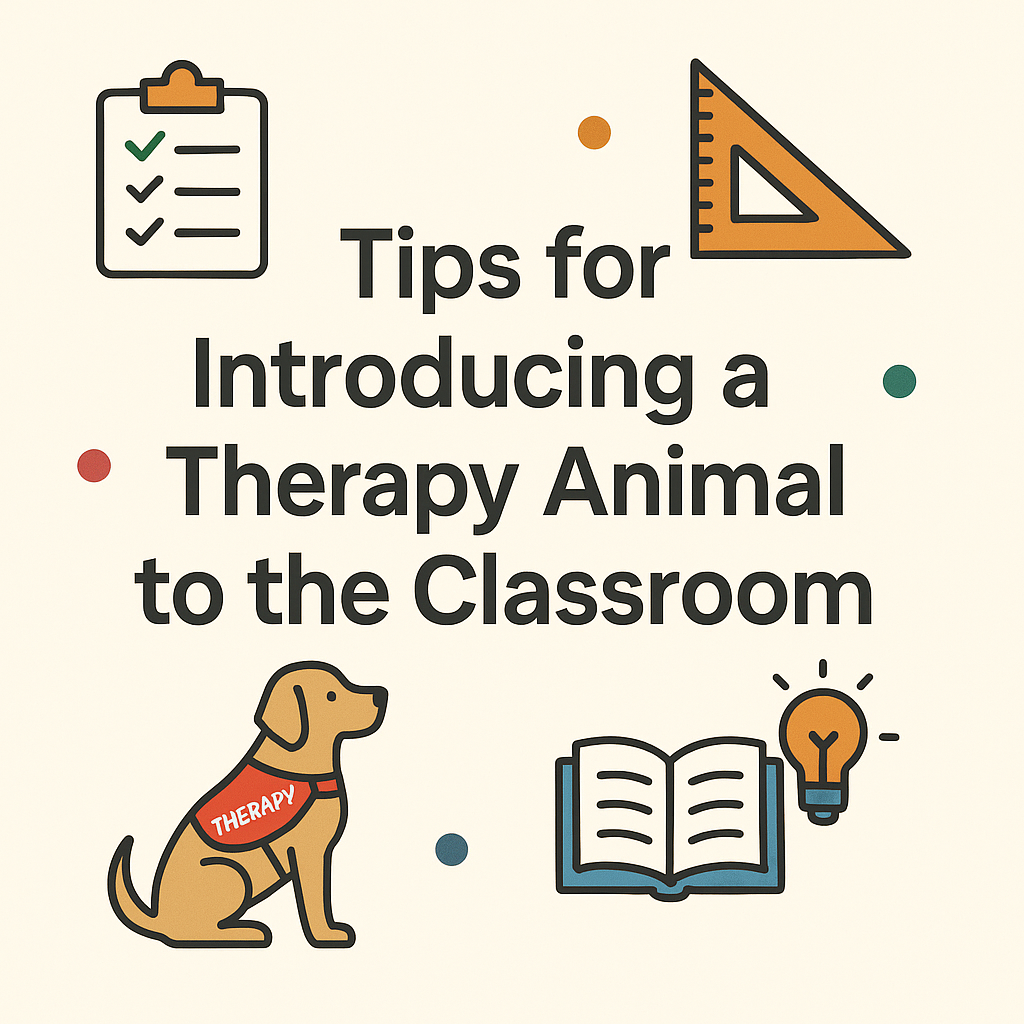
1. Partner with Certified Therapy Teams
Work with organizations like Pet Partners, Alliance of Therapy Dogs, or Therapy Dogs International. They provide evaluations, liability coverage, and handler training.
2. Develop a Clear Policy
Include:
- Consent forms for parents
- Guidelines for allergies or fears
- Animal rest periods
- Sanitation protocol
3. Pilot Programs First
Start with reading programs or “calm corners.” Evaluate the emotional impact on students and staff before expanding.
4. Train Educators and Staff
Make sure teachers, counselors, and administration understand the purpose, roles, and responsibilities related to therapy animals.
Practical Tips for Schools and Parents
For Schools:
- Host “Therapy Dog Day” during testing weeks
- Offer quiet rooms with animal access for overstimulated students
- Invite therapy teams to assist with grief or trauma support
For Parents:
- Ask if your school offers animal-assisted interventions
- Suggest integrating animals for social-emotional learning
- Advocate for therapy animals if your child has anxiety or sensory needs
Success Story: Therapy Dog Helps Elementary Schooler Conquer Reading Fears
Eight-year-old Lila struggled with dyslexia and avoided reading aloud in class. After a local school introduced a therapy dog named Jasper as part of their reading program, Lila began reading to him weekly. Her confidence soared, and by the end of the semester, she read aloud during story time — with Jasper curled up at her feet. Teachers credit Jasper’s calming presence as a breakthrough in her learning journey.
Frequently Asked Questions (FAQs)
Q: Do therapy animals need to be certified?
A: While not legally required, most schools only allow animals that are certified through a recognized therapy animal organization for liability and safety.
Q: Can any dog become a therapy animal?
A: No. Animals must have a calm temperament, enjoy interacting with people, and pass behavioral evaluations.
Q: What if a student is allergic or afraid of animals?
A: Schools must provide alternatives, such as animal-free zones, and collect parental consent before introducing therapy animals.
Q: Are therapy animals covered under the Americans with Disabilities Act (ADA)?
A: No. Only service dogs are guaranteed access rights under the ADA. Therapy animals require permission from the school.
Q: Can therapy animals be used in colleges and universities?
A: Yes, many colleges have therapy animal programs to reduce stress during finals and promote mental health.
Conclusion
Therapy animals are transforming schools by creating safe, nurturing, and emotionally responsive environments. Whether you’re a parent, educator, or mental health professional, understanding how these animals support student success is the first step toward change.
? Interested in bringing a therapy animal program to your school?
? Want to learn more about emotional support animals and service dogs? Browse our full library of expert articles and guides.






